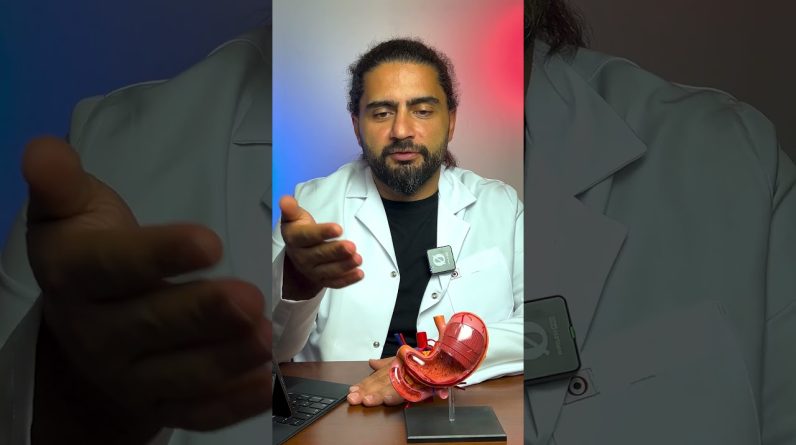Watch more How to Be Healthy videos:
Used by the Egyptians and Chinese for centuries, this form of processed licorice has proven health benefits.
Warning
The U.S. Food and Drug Administration does not regulate the strength or effectiveness of herbal supplements. Brands may vary in dosage and strength. Always check with a physician before starting an herbal regimen.
Step 1: Identify DGL
Identify the licorice product as DGL. DGL is processed licorice from which the natural glycyrrhizic acid has been removed. High doses of glycyrrhizic acid have been shown to cause high blood pressure, fluid retention, and low potassium levels.
Tip
Most licorice food products sold in the United States are actually flavored with anise. Anise has not been shown to have the same health benefits as licorice.
Step 2: Take chwable DGL
Take chewable DGL to treat peptic ulcers. Take one 380 milligram tablet three times a day, about 20 to 30 minutes before a meal.
Tip
DGL products are available for purchase online or in natural food stores.
Step 3: Use DGL mouthwash
Use a DGL mouthwash to treat canker sores. Mix 200 milligrans of DGL powder with 200 milliliters of warm water; swish it in your mouth for two to three minutes, spit it out, and repeat three or four times per day.
Step 4: Treat ulcers with tincture
Treat ulcers with a licorice root tincture. Take 1 teaspoon of DGL liquid root tincture three times a day; take the tincture by itself or combine it with a cup of warm water.
Step 5: Apply DGL cream
Apply a thin layer of DGL cream or gel to areas of atopic dermatitis. Preliminary studies show the licorice helps to calm the dry, irritated skin.
Did You Know?
A perennial herb, licorice is native to southern Europe, Asia, and the Mediterranean. It is now also grown in Russia, Spain, Iran and India.
source








